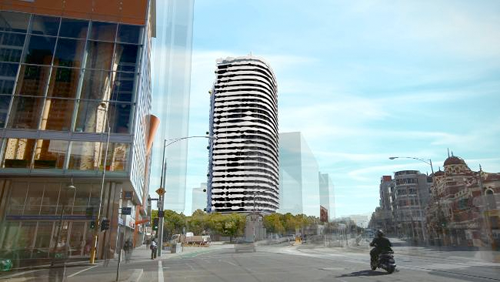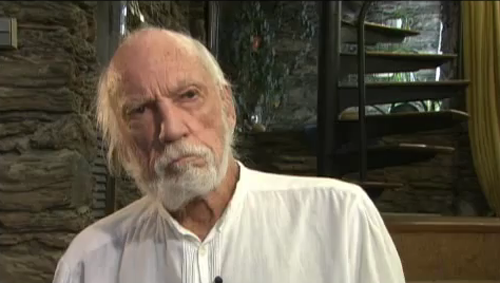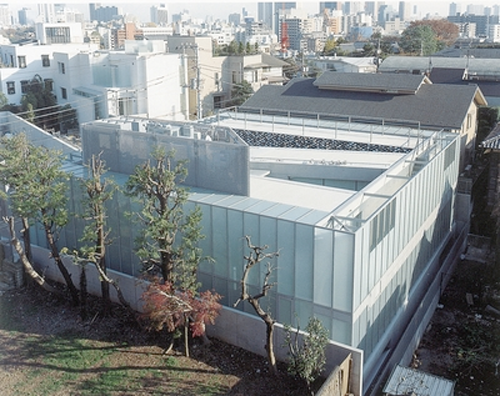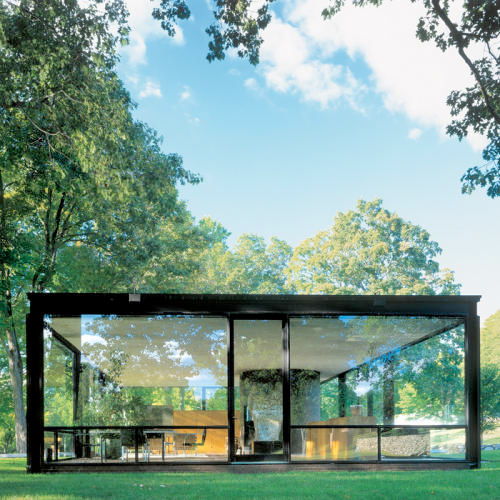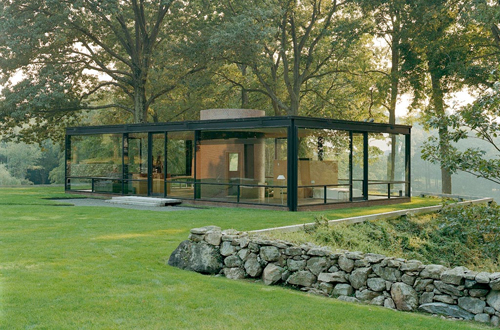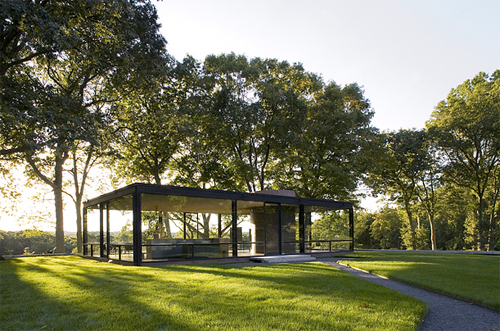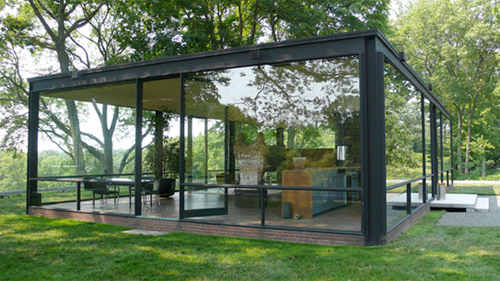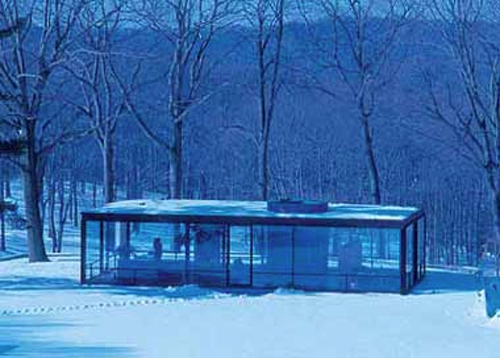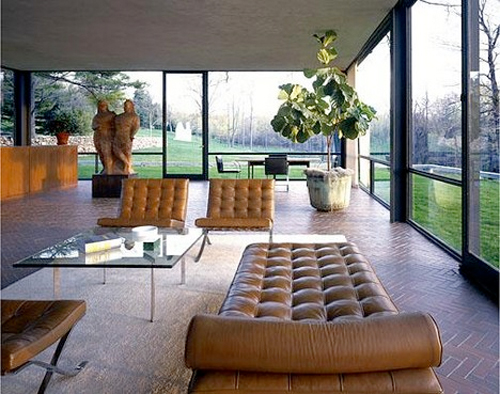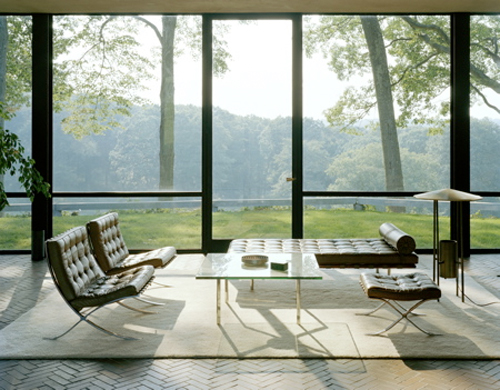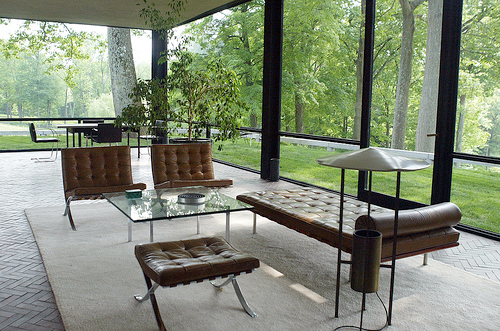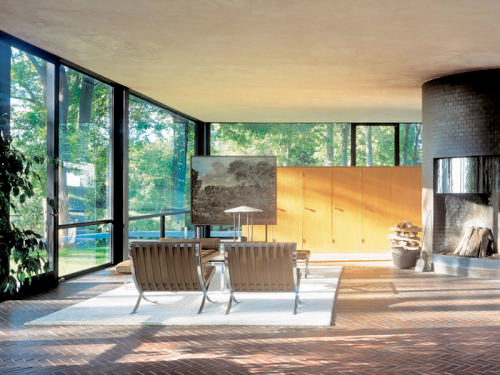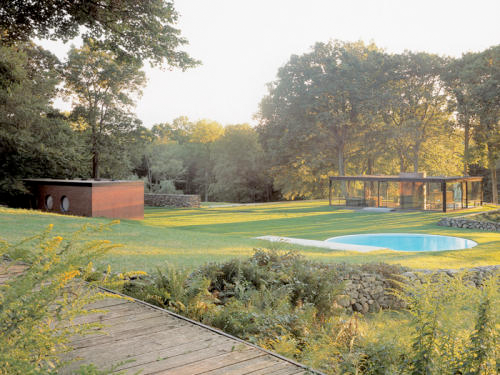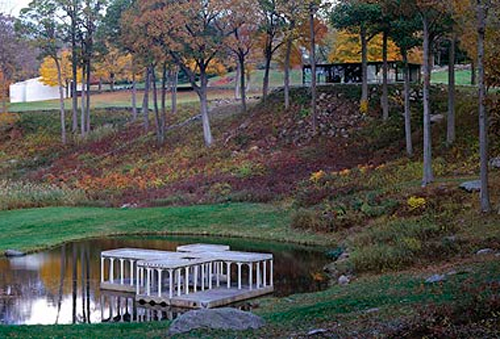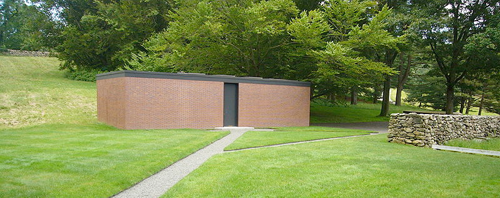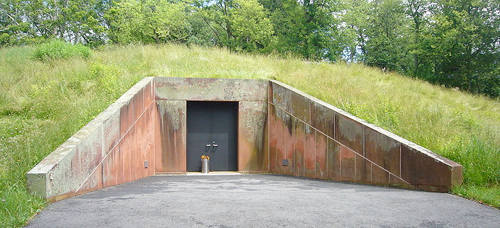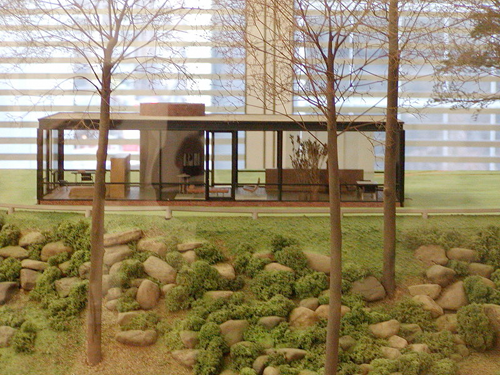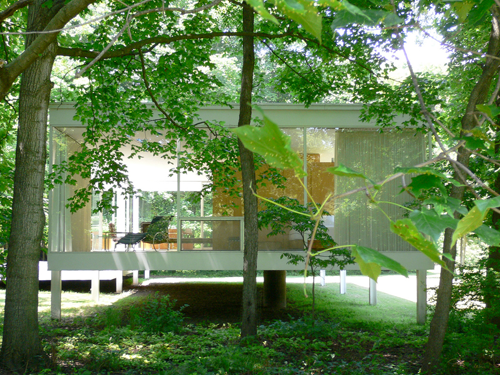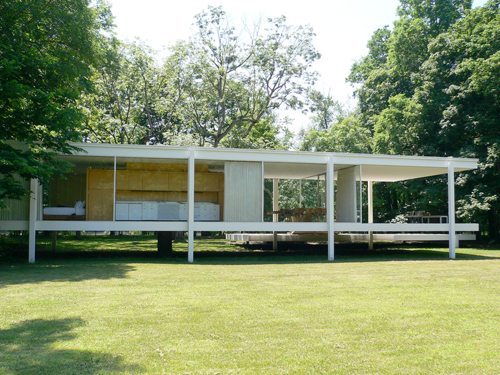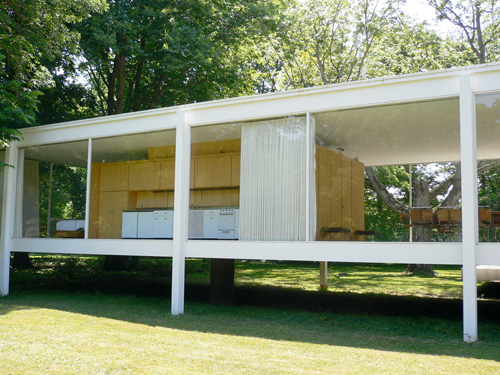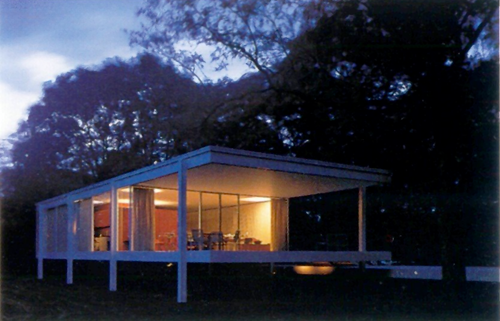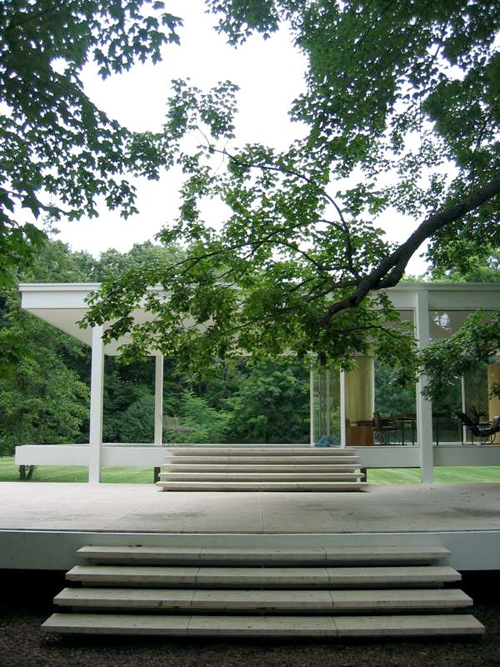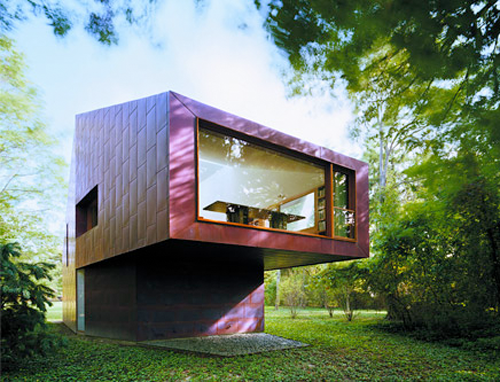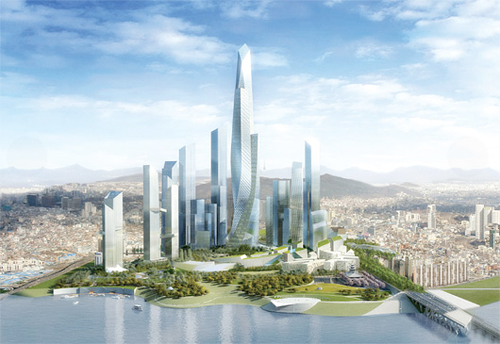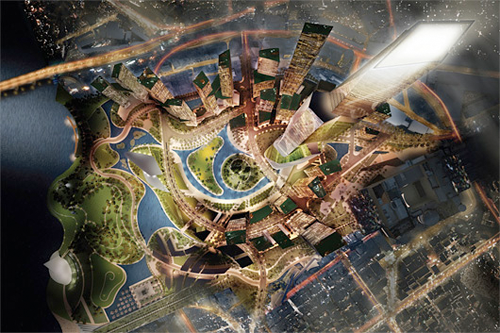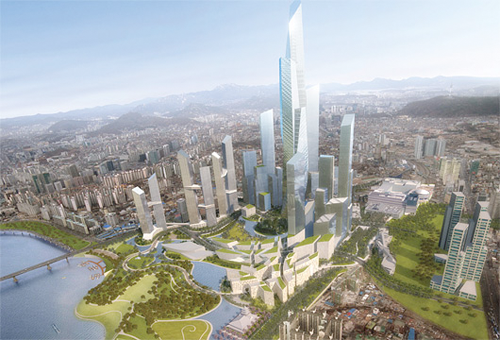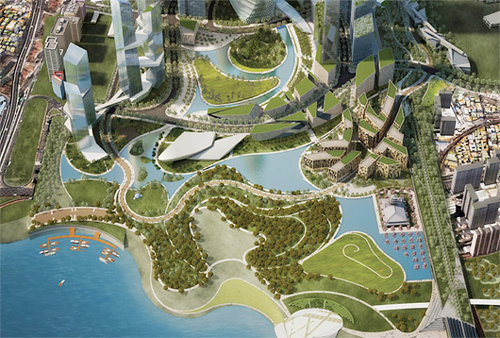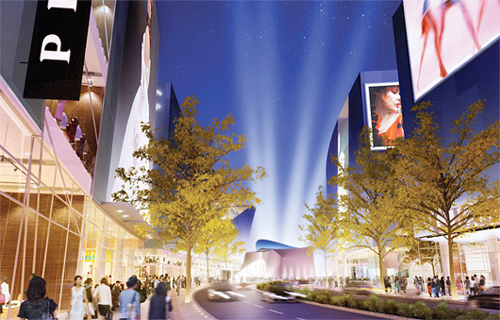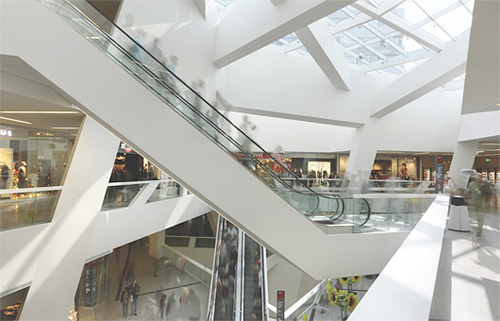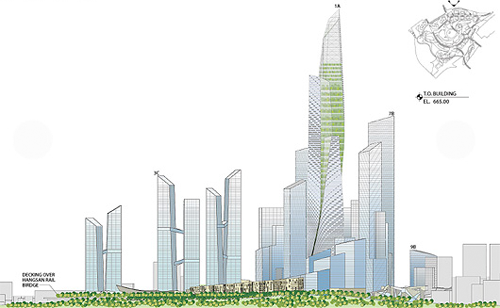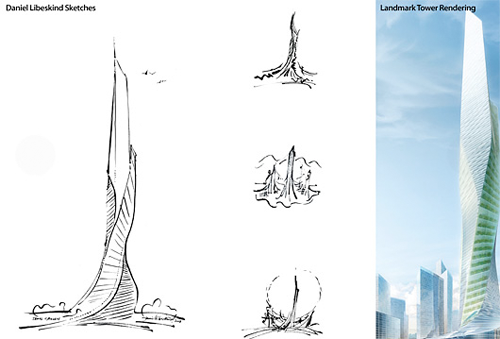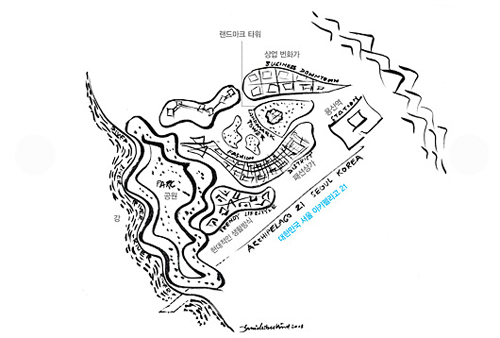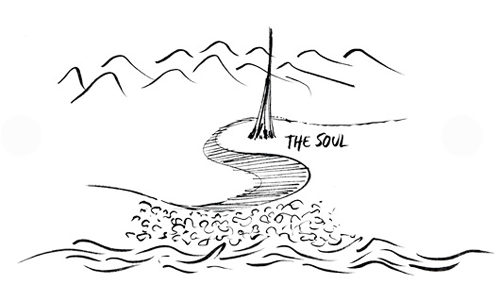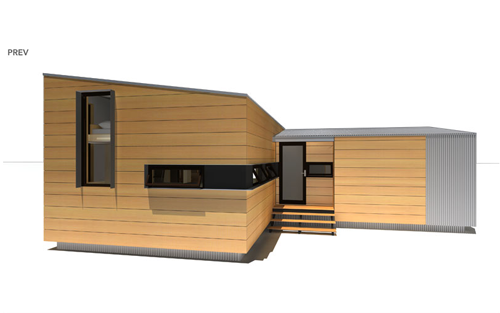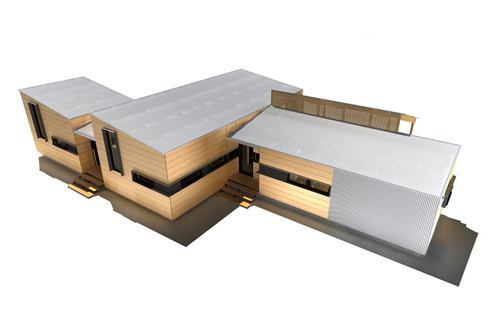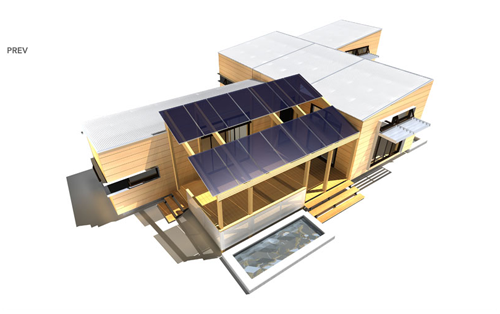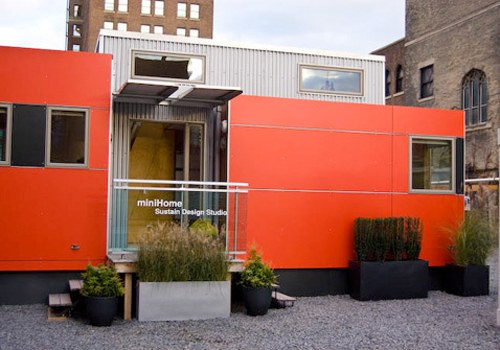The portrait building.
A high-rise apartment building bearing the image of an indigenous leader is set to become one of Melbourne’s most dramatic landmarks.
The proposed Portrait building, earmarked for the old Carlton brewery site, features a 32-story portrait of Wurundjeri tribal leader and artist William Barak. The contouring of the building’s balconies and the play of light and shade will feature his face when viewed from the correct angle.
A clever concept, while other buildings have featured screen prints of landscapes, think Bjarke Ingles Mountain Dwellings, and others have featured contoured balconies like the Aqua building this building will be the first to combine the two if completed in 2014.
The best line of sight for viewing the image will be from the Shrine of Remembrance, Victoria’s largest and most visited war memorial which is approximately 3 km away. When viewed from close up the building will simply appear to have an oddly contoured facade. The portrait will be created using a number of horizontal white panels that have been cut to make Mr Barak’s face to appear via positive and negative space. The panels will be distanced from the balconies themselves so that residents will not accidentally alter the imagery.
The building design is by Australian architecture firm ARM. The brewery project is a five building development by Australian firm Grocon who is firmly behind paying tribute to an important figure in Australian history and have received the blessing of both the Wurundjeri elders and the trustees of the Shrine of Remembrance.
The ARM architecture firm has attempted buildings with portraits on their facades in the past, the Dupain Building and 347 Camberwell Road however, neither of these projects were completed. Maybe the proper stars are in alignment this time.



